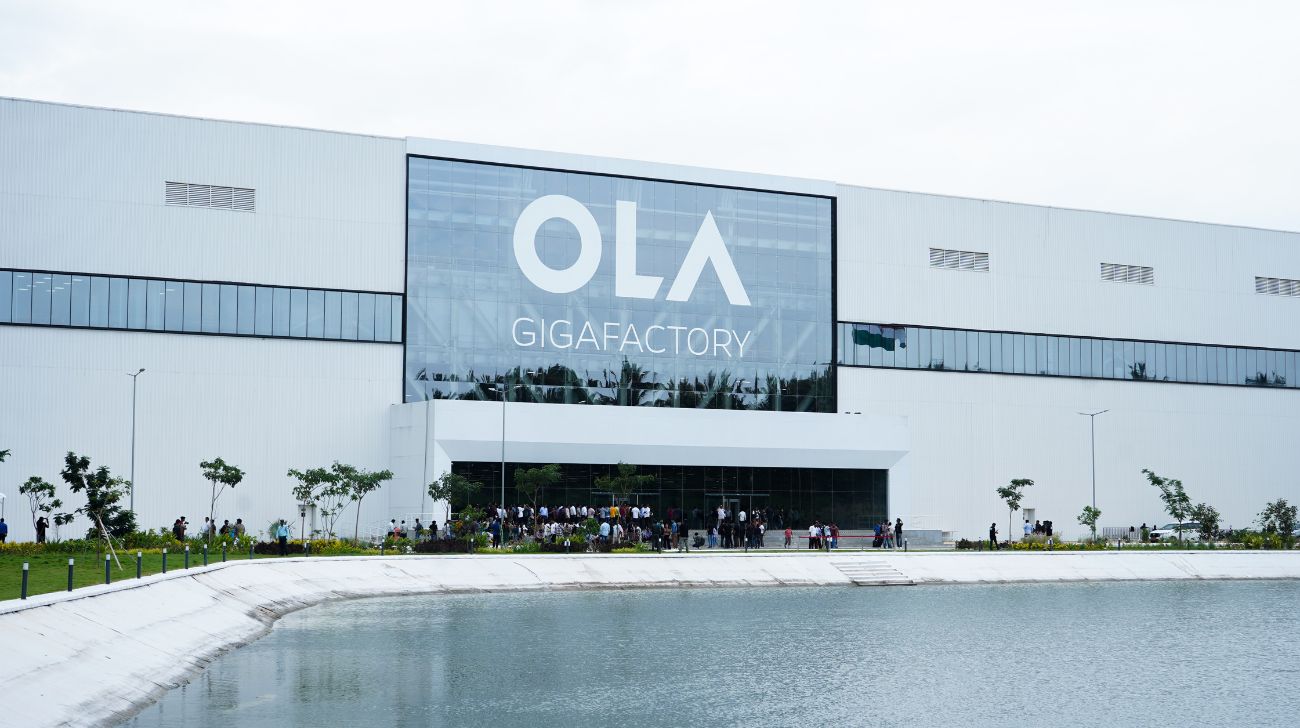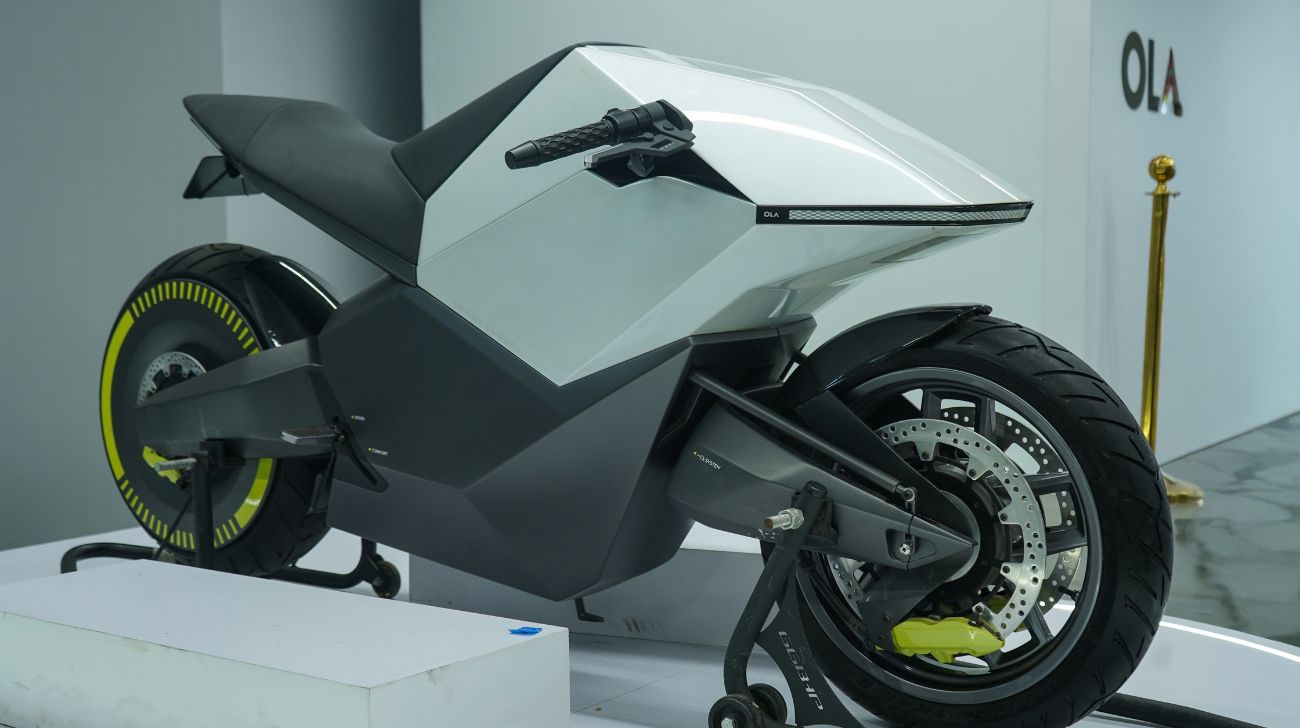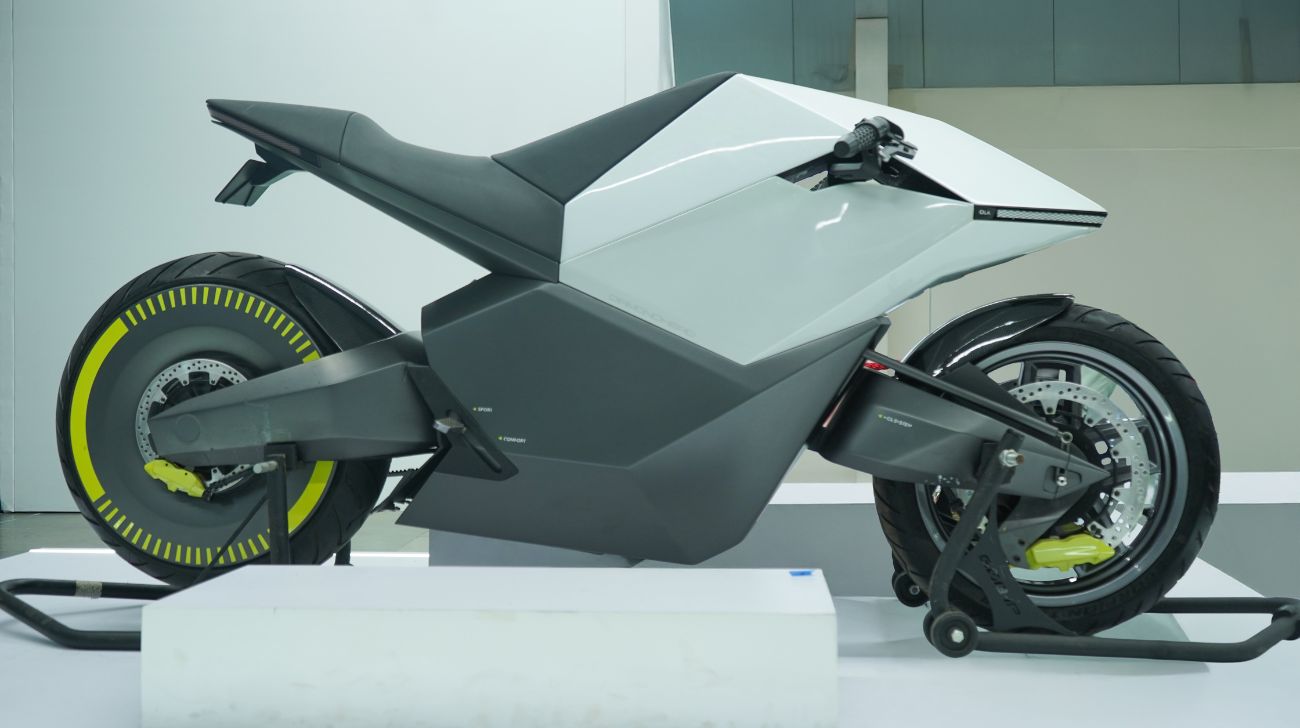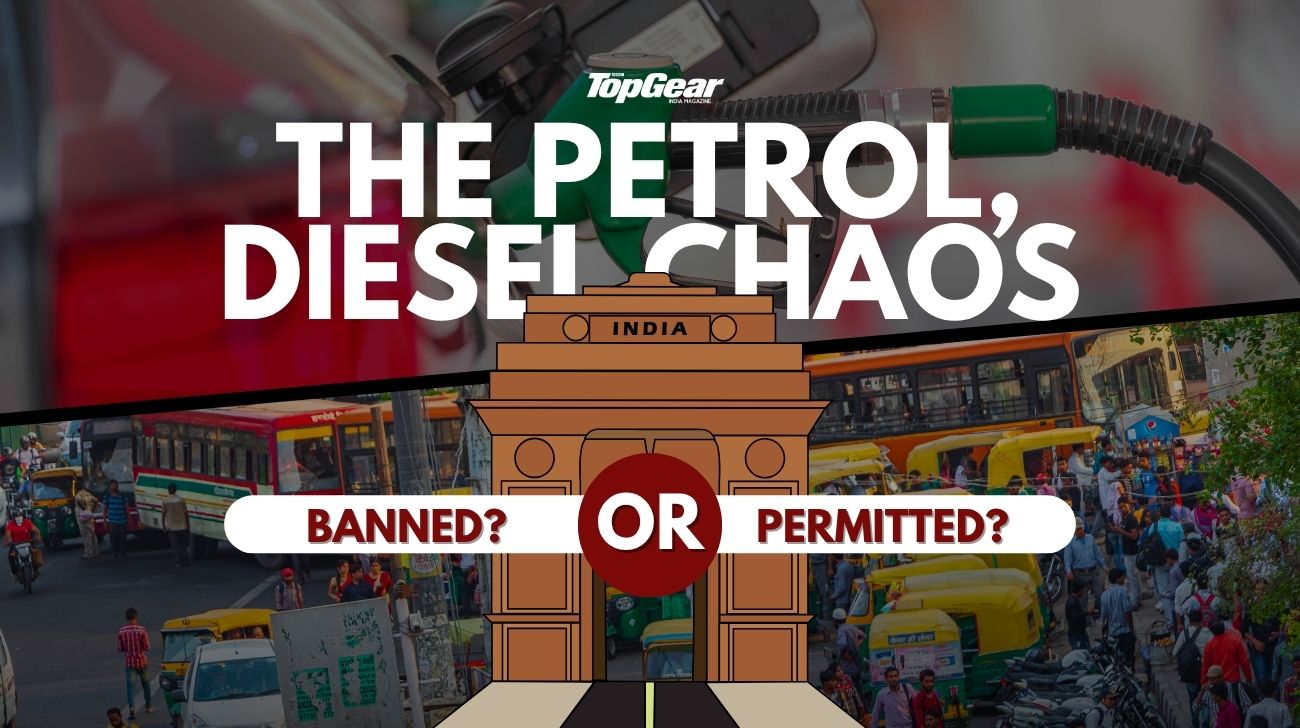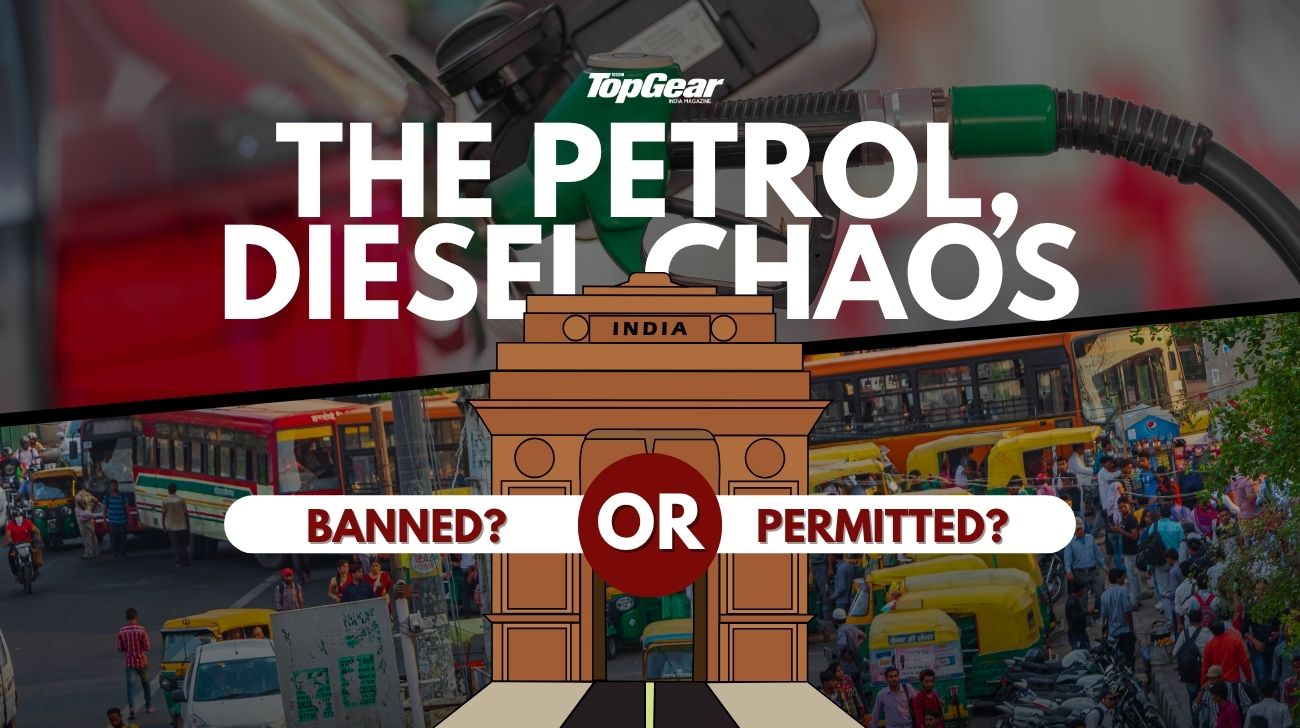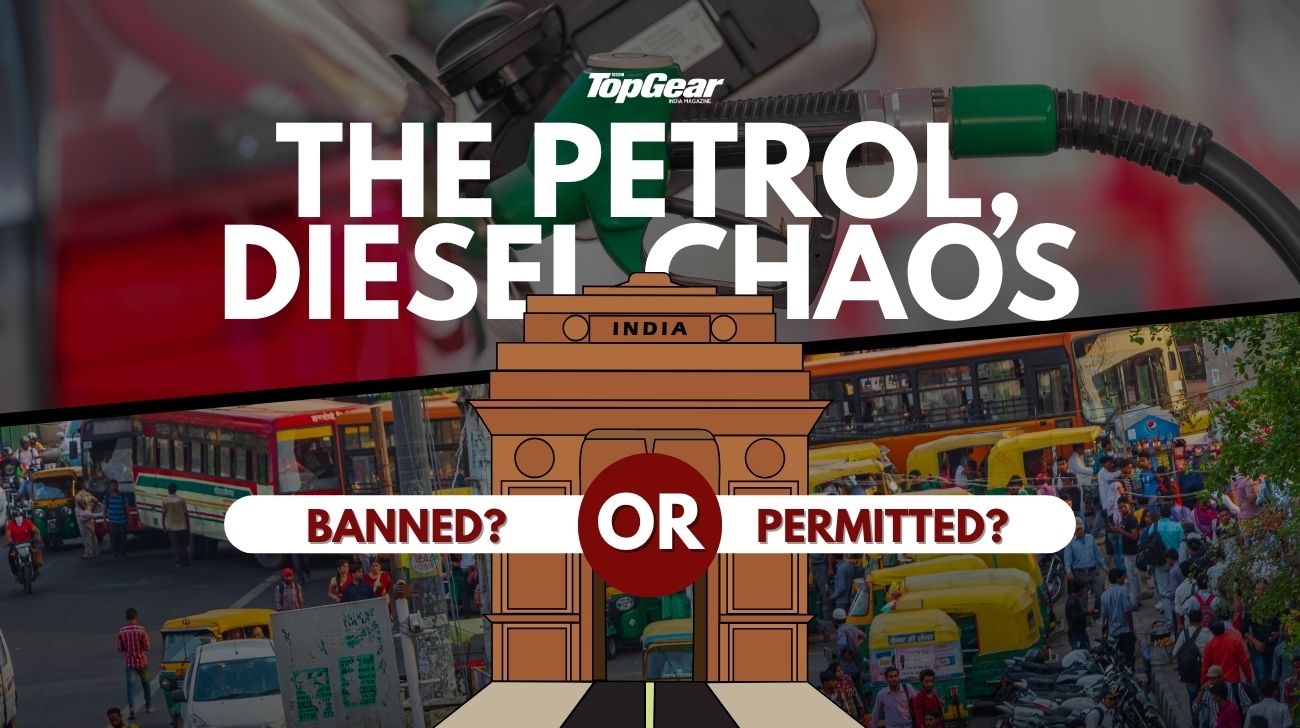The Indian EV giant unveils a sweeping roadmap of indigenous technology, futuristic vehicles, and AI-powered features—but can it deliver on these bold commitments?
At the Ola Sankalp 2025 event, the Indian electric vehicle manufacturer painted an ambitious picture of its future, spanning revolutionary battery technology, cutting-edge software platforms, and concept vehicles that seem borrowed from science fiction. While the announcements generated significant buzz, they also raised critical questions about execution and feasibility in an increasingly competitive EV landscape.
The Push for Indigenous Technology
Perhaps the most strategically significant announcement was Ola's commitment to reducing India's dependence on foreign technology. The company unveiled plans for the 4680 Bharat Cell, which it claims will be India's first domestically developed lithium-ion battery cell. This move addresses a critical vulnerability in India's EV supply chain, where manufacturers remain heavily reliant on imported battery technology.
Complementing this battery initiative, Ola announced the development of an indigenous ferrite motor designed to eliminate the need for rare-earth magnets—materials predominantly sourced from China. According to the company, this motor technology will be introduced across its vehicle lineup in the third quarter of fiscal year 2026.
These developments, if successfully implemented, could position Ola as a pioneer in India's quest for technological self-reliance in the EV sector. However, the transition from concept to mass production remains a formidable challenge that has derailed many automotive industry promises in the past.
The Diamondhead Dream
The event's most attention-grabbing reveal was undoubtedly the Ola Diamondhead concept motorcycle, which the company boldly described as its "moonshot project." The futuristic two-wheeler features hub-centred steering, lightweight construction materials, and augmented reality-enabled rider interaction systems.
Ola's performance claims are equally audacious: the Diamondhead allegedly accelerates from 0 to 100 kmph in just two seconds, rivalling some of the world's fastest superbikes. The company has set a 2027 launch target with an anticipated price tag of Rs 5 lakh—positioning it firmly in the premium motorcycle segment.
While the Diamondhead captures imaginations, industry experts remain sceptical about the feasibility of such specifications, particularly given Ola's current technological capabilities and the complex engineering challenges involved in hub-centred steering systems.
More Immediate Prospects
For consumers seeking tangible near-term options, Ola offered the S1 Pro Sport, scheduled for launch in January 2026. This performance-oriented scooter promises to bridge the gap between current offerings and future concepts, featuring:
- A 5.2kWh battery pack
- Top speed of 152 kmph
- Impressive 320 km IDC range
- Rapid acceleration: 0-40 kmph in 2 seconds
- Robust 71 Nm torque output
These specifications, while ambitious, fall within the realm of achievable engineering for electric two-wheelers, making the S1 Pro Sport a more credible near-term proposition than the Diamondhead concept.
Feature Innovation and Market Differentiation
Ola's feature announcements ranged from practical to peculiar. The company introduced live streaming capabilities, allowing riders to broadcast their journeys directly to platforms like YouTube through integrated dash cameras. While the practical utility of this feature remains questionable, it demonstrates Ola's attempt to differentiate itself through the unconventional integration of technology.
More substantively, the same camera systems will enable Advanced Driver Assistance Systems (ADAS) functionality, including front and rear collision warnings, headway monitoring, blind spot detection, and lane-keeping assistance. These safety features represent a significant step forward for two-wheeler technology in India.
Additionally, Ola teased concepts for self-balancing scooters and wireless charging capabilities, though details on these innovations remain scarce.
ALSO READ: Will the New Taxation Laws on Two-Wheelers Kill the Indian Market?
Software and Platform Strategy
The company's software ambitions centre around MoveOS 6, an AI-powered operating system designed for its vehicle ecosystem. Key features include adaptive cruise control, collision warning systems, and multilingual support across 11 Indian languages. The platform is scheduled for deployment in early 2026.
Supporting these software initiatives is Ola's Gen 4 modular platform, which the company envisions as the foundation for its future two-, three-, and four-wheeler vehicles. Ambitiously, Ola suggests that this platform could extend to drones and humanoid robotics applications, indicating aspirations that go well beyond traditional automotive markets.
The Reality Check
While Ola's announcements paint an exciting picture of India's EV future, the company's track record on delivering promised features and timelines has been mixed. Previous product launches have faced delays, and some advertised capabilities have taken longer to materialise than initially projected.
The transition from concept to production, particularly for revolutionary technologies like Diamondhead's hub-centred steering or the indigenous battery cells, involves complex engineering challenges that cannot be underestimated. The automotive industry is littered with ambitious concepts that never reached production or failed to meet their promised specifications.
Looking Ahead
Ola's Sankalp 2025 event undoubtedly demonstrates the company's ambitious vision and commitment to innovation in India's EV space. The focus on indigenous technology development aligns with national priorities and could strengthen India's position in the global EV supply chain.
However, the accurate measure of these announcements will be Ola's ability to execute on its promises. Consumers and investors alike will be watching closely to see whether the company can transform its bold concepts into market-ready products that deliver on their promised performance and features.
As India's EV market continues to evolve rapidly, Ola's success in realising these ambitious plans could significantly influence the trajectory of the entire sector. The following two years will be crucial in determining whether Ola Sankalp 2025 represents a genuine leap forward or remains an impressive but ultimately unfulfilled vision of the future.

